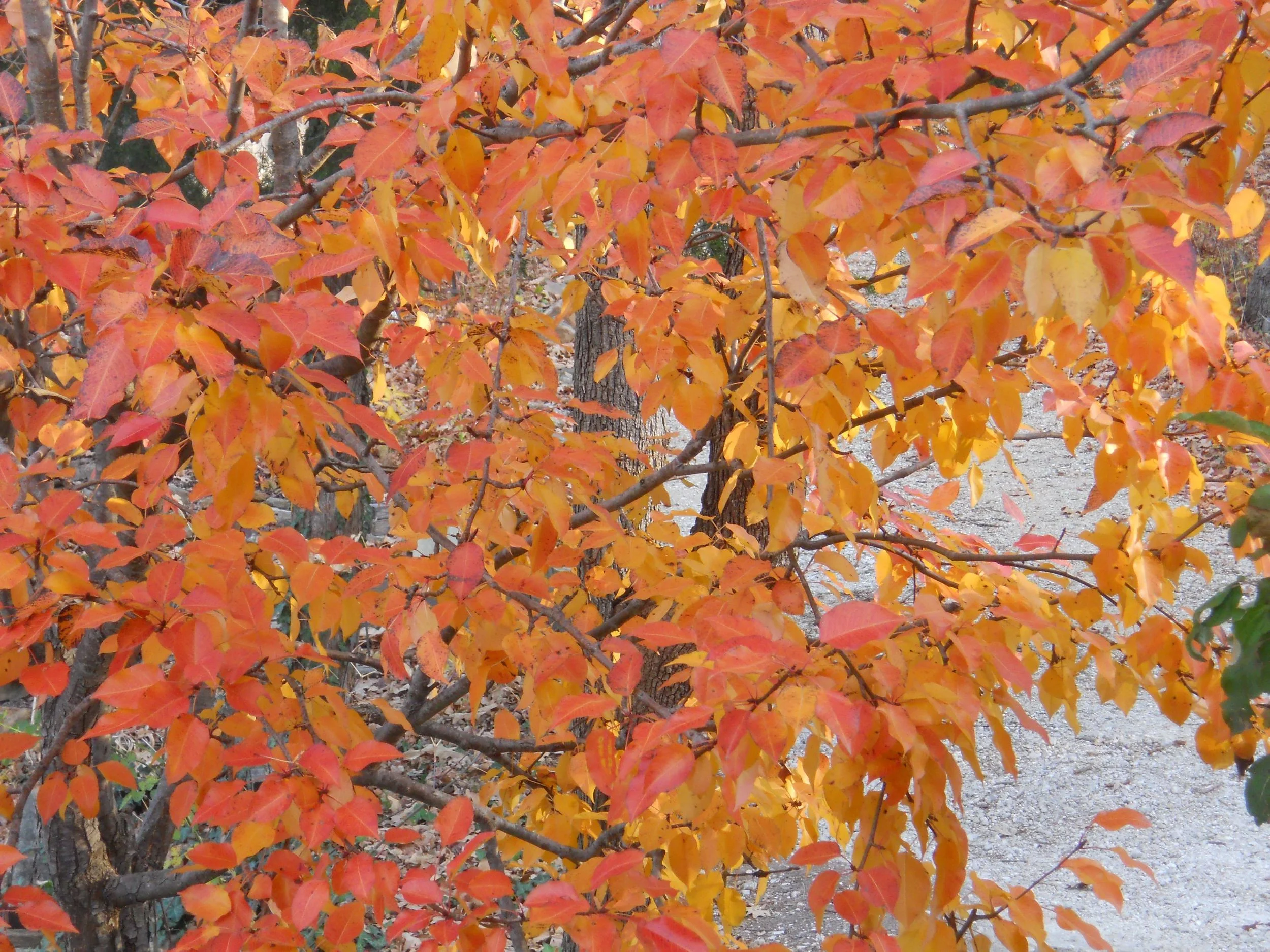Bug-Busting Mums
/Chrysanthemums, or mums, not only add color to our fall gardens but help with bug control.
Bug-Busting Mums
Do you have a mum in your garden? Have you looked at it closely?
Go ahead, take a peek. I will wait.
What did you see?
Ok, so the flowers are starting to fade on one side. And yes, most of us need to water our mums more than we do. See anything else?
That’s my point, no bugs. Although we tend to only enjoy the beauty of mums in fall, chrysanthemums are the source of a popular bug repellent. When we buy “natural” bug spray with pyrethrins, we are essentially buying “Eau de Mum.”
Mums do not provide insecticidal services simply by growing in our gardens. Their compounds, collectively known as pyrethrins, are only available when freshly plucked flowers are dried and powdered, and their oils then extracted. According to the National Pesticide Information Center, there are currently more than 2,000 registered pesticide products on the market that include pyrethrins.
How Pyrethrins Work on Bugs
Natural pyrethrins are neurotoxins, or contact poisons, which quickly penetrate the insect’s nerve system. A few minutes after application, the insect cannot move or fly away. The natural pyrethrins are swiftly detoxified by enzymes in the insect so some pests will recover. To delay the enzyme action so a lethal dose is assured, manufacturers add organophosphates, carbamates, or synergists.
Synergists enhance the insecticidal activity of the pyrethrins. The synergists also prevent some enzymes from breaking down the pyrethrins, maintaining their efficacy as a bug deterrent.
The US Agency for Toxic Substances and Disease Registry notes on their website pyrethrum was first recognized as having insecticidal properties around 1800 in Asia and was used to kill ticks and various insects such as fleas and mosquitos.
Six individual chemicals have active insecticidal properties in the pyrethrum extract. These compounds are called pyrethrins. Pyrethrum looks like a tan-colored dust as ground flowers or a syrupy liquid as the crude extract. Pyrethrins are only slightly soluble in water, but they dissolve in organic solvents like alcohol, chlorinated hydrocarbons, and kerosene.
Pyrethrins are often used in household insecticides and products to control insects on pets or livestock. Pyrethrins break down quickly in the environment, especially when exposed to natural sunlight.
Pyrethroids are manufactured chemicals that are very similar in structure to the pyrethrins, but are often more toxic to insects, as well as to mammals, and last longer in the environment than pyrethrins. More than 1,000 synthetic pyrethroids have been developed, but less than a dozen of them are currently used in the United States.
As usual, read the fine print on labels so you know what you are using before you apply it.
Mums are a veritable arsenal against non-welcome bugs: mosquitos, roaches, ants, Japanese beetles, ticks, silverfish, lice, fleas, bedbugs, spider mites, harlequin bugs and root-knot nematodes.
Keep mums blooming in fall by pinching off old flowers so new buds form, I pinched this mum about a month ago. You can also pinch mums weekly spring through July 4 to keep their traditional mounded shape.
Using Mums in Our Gardens for Pest Control
Planting mums in our gardens can ward off insects. To use mums for pest control, plant them about 1 to 1½ feet from the plants you wish to protect.
If you are more of a linear gardener, plant mums in a row or as a border.
Remember to water your newly-planted mums through winter. Once established, mums are perennials and will keep bugs away for many years to come.
Charlotte













